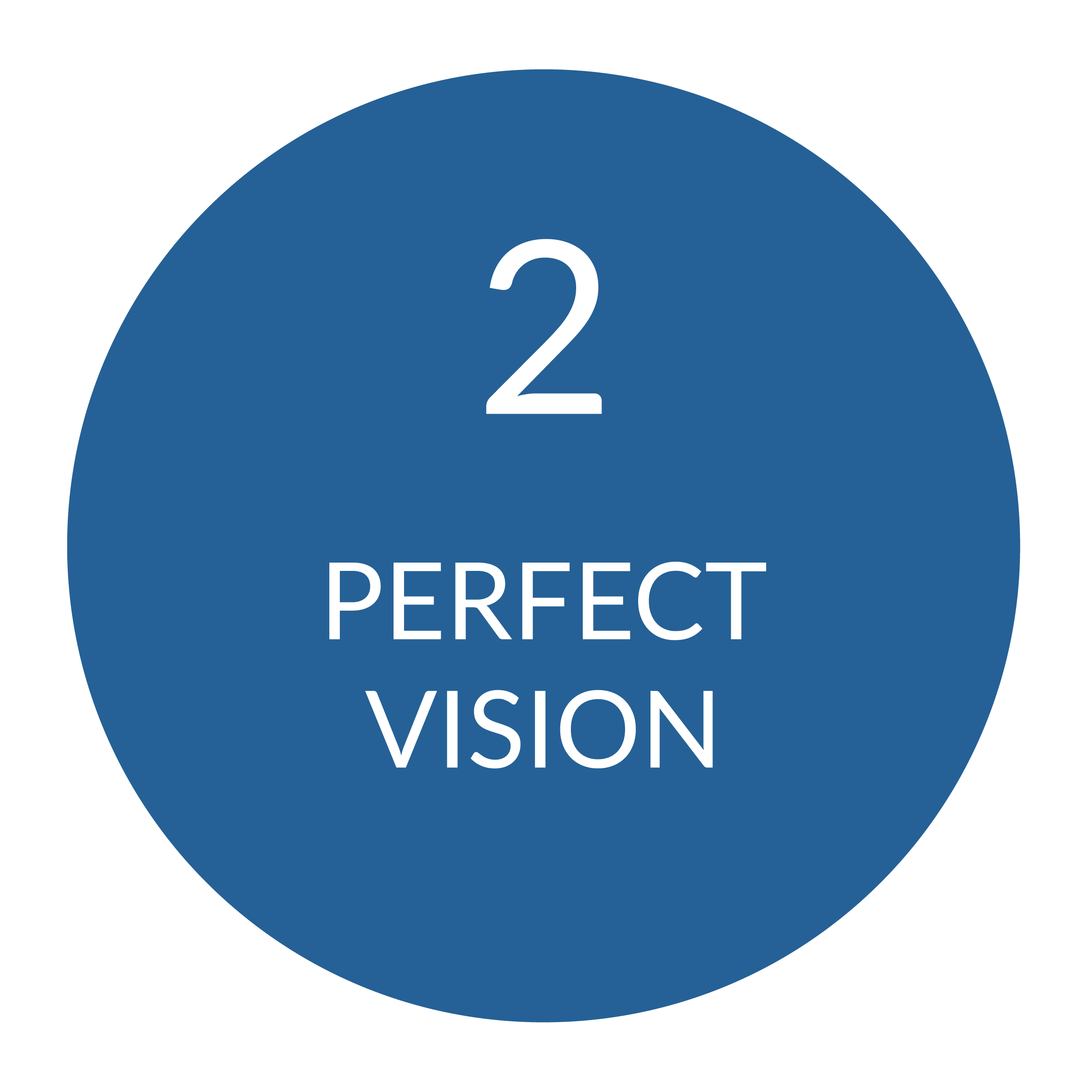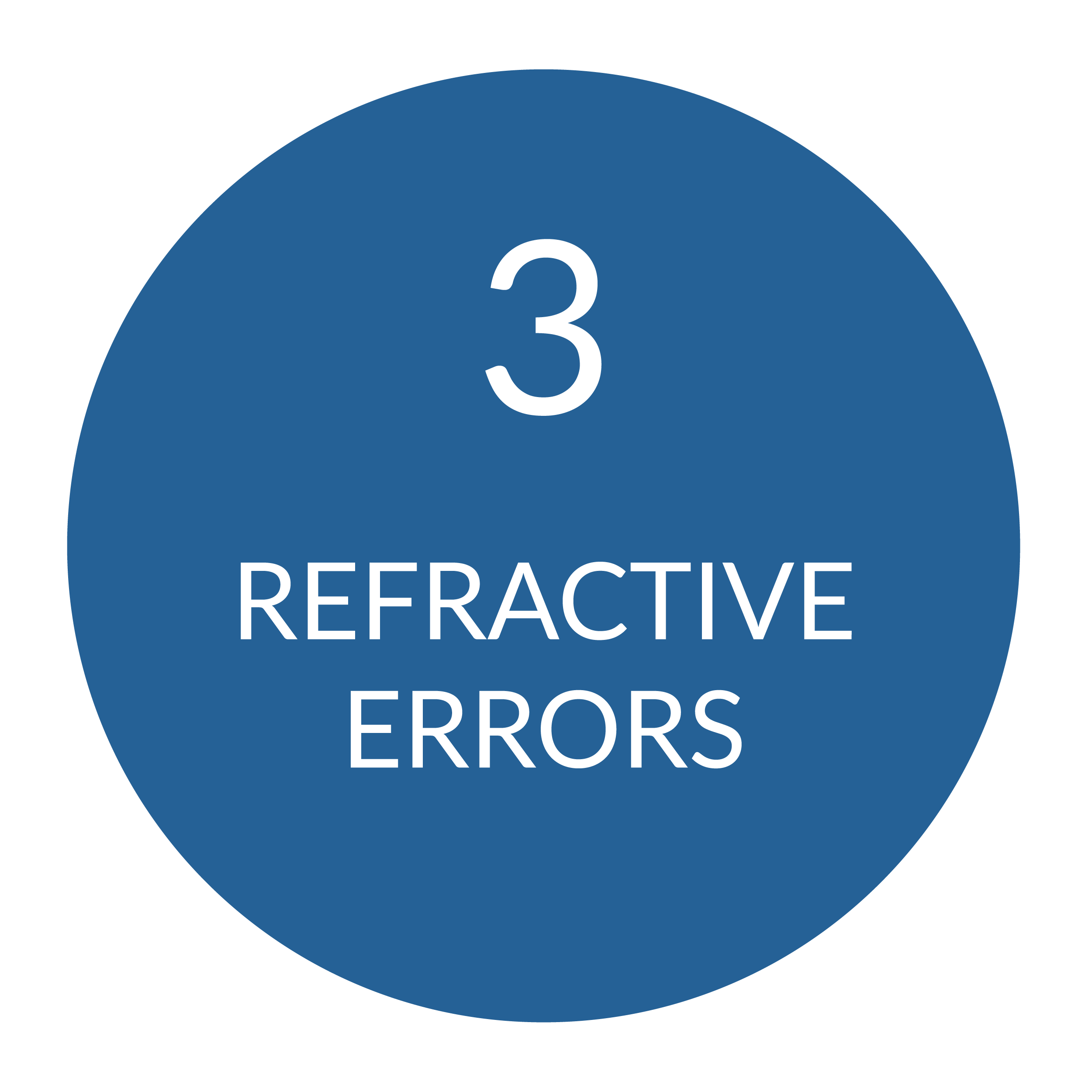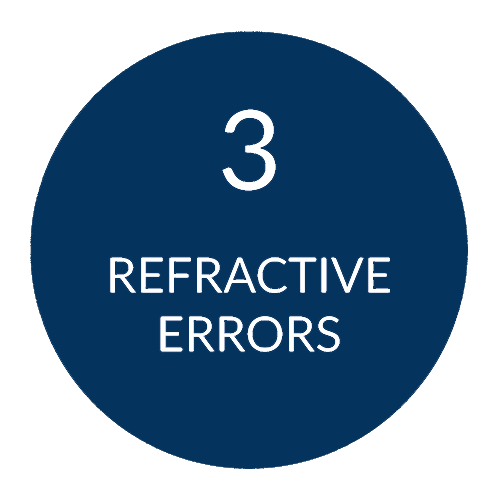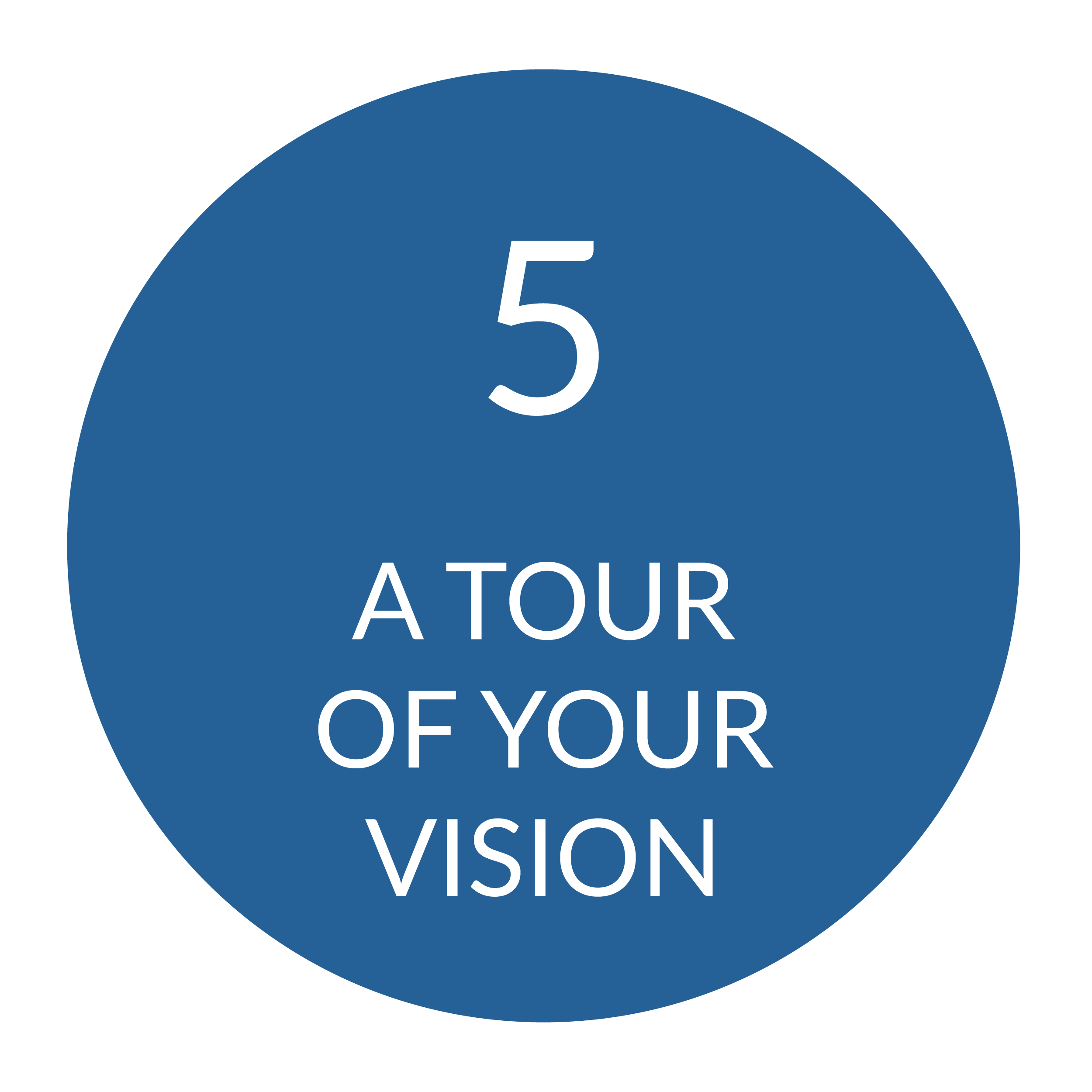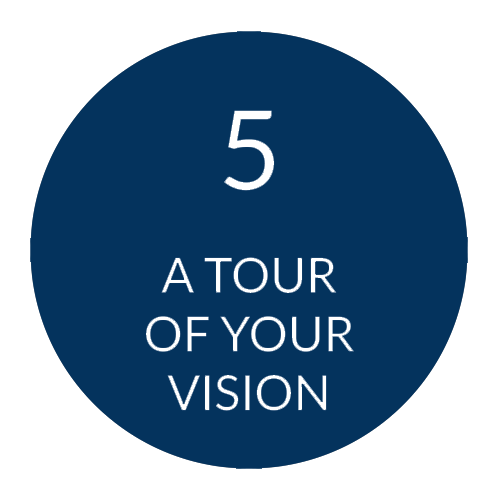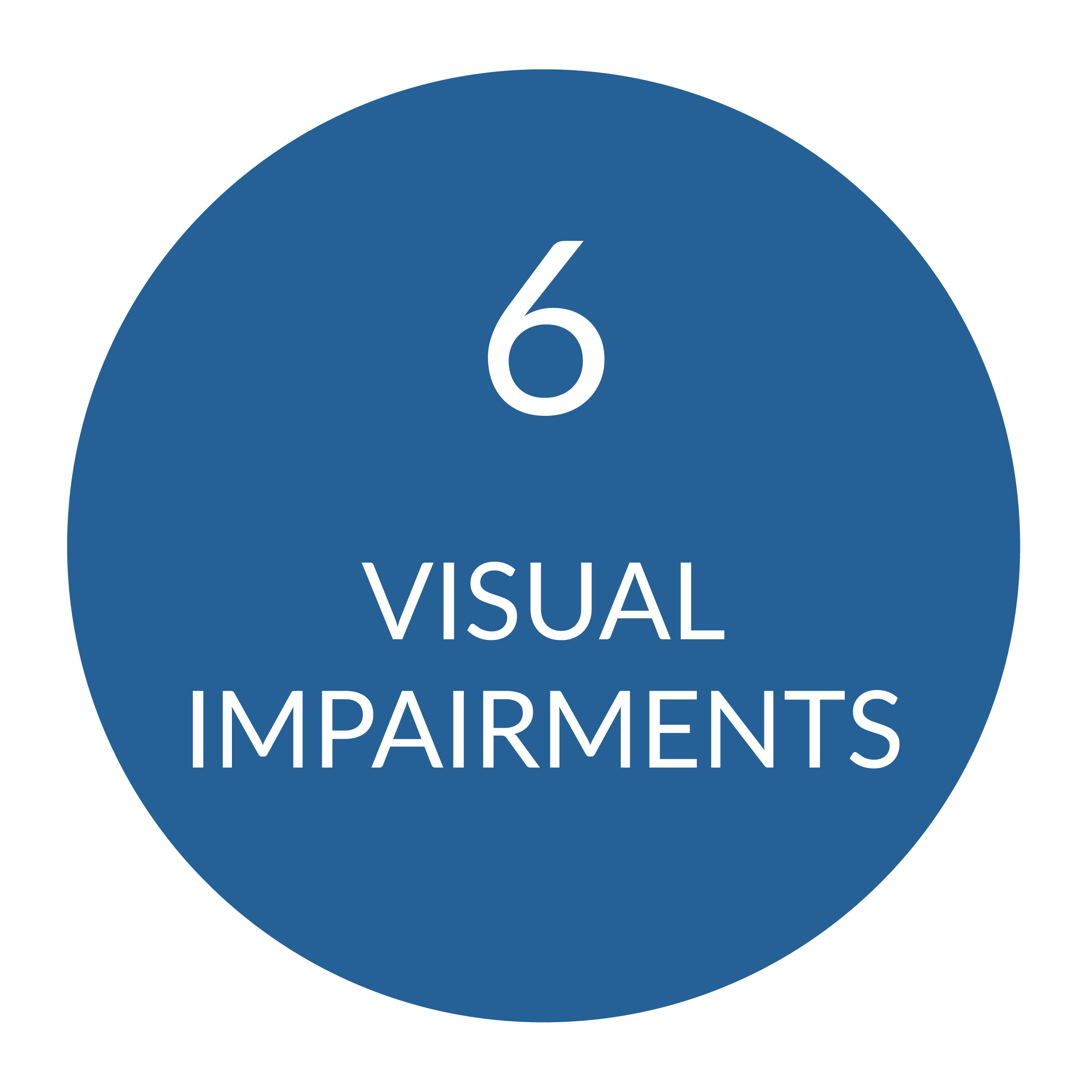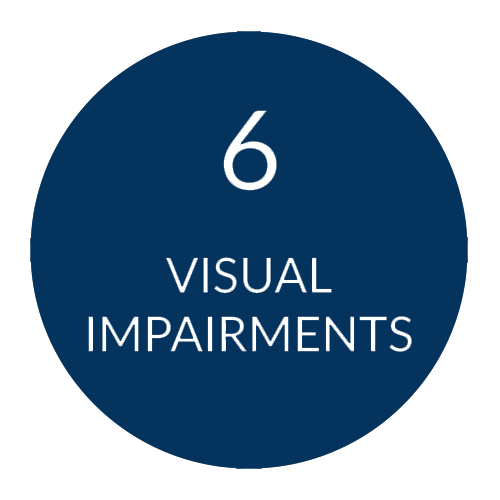FOUNDATIONS OF VISION - BINOCULAR VISION
Have you ever noticed you have two eyeballs? Of course you have, but have you ever really thought about what that means? Despite having two separate eyes taking in two separate images, you see one world. That’s not a glitch - that’s the magic of binocular vision.
A Simple Binocular Vision Test
Try this: Hold one finger out at arm’s length and another finger closer to your nose.
- Focus on the far finger - notice how you see two fingers close to you?
- Now focus on the close finger - the far finger doubles up!
That doubling is happening all the time - your brain just works so seamlessly that you rarely notice. Binocular vision keeps the thing you focus on clear and single while your brain suppresses the doubled background.
What’s Really Happening
Your eye acts like a camera. It flips the image upside down and backwards onto your retina. From there, millions of light signals travel through complex nerve pathways to your visual cortex - the part of your brain where “seeing” actually happens.
But here’s where the real magic comes in:
- Each eye captures a slightly different view.
- Those two slightly different images take separate paths back to your brain
- Your brain then stitches eight separate visual signals together into the single world you see.
When both eyes are aligned and working well, this stitching happens so perfectly you never think about it.
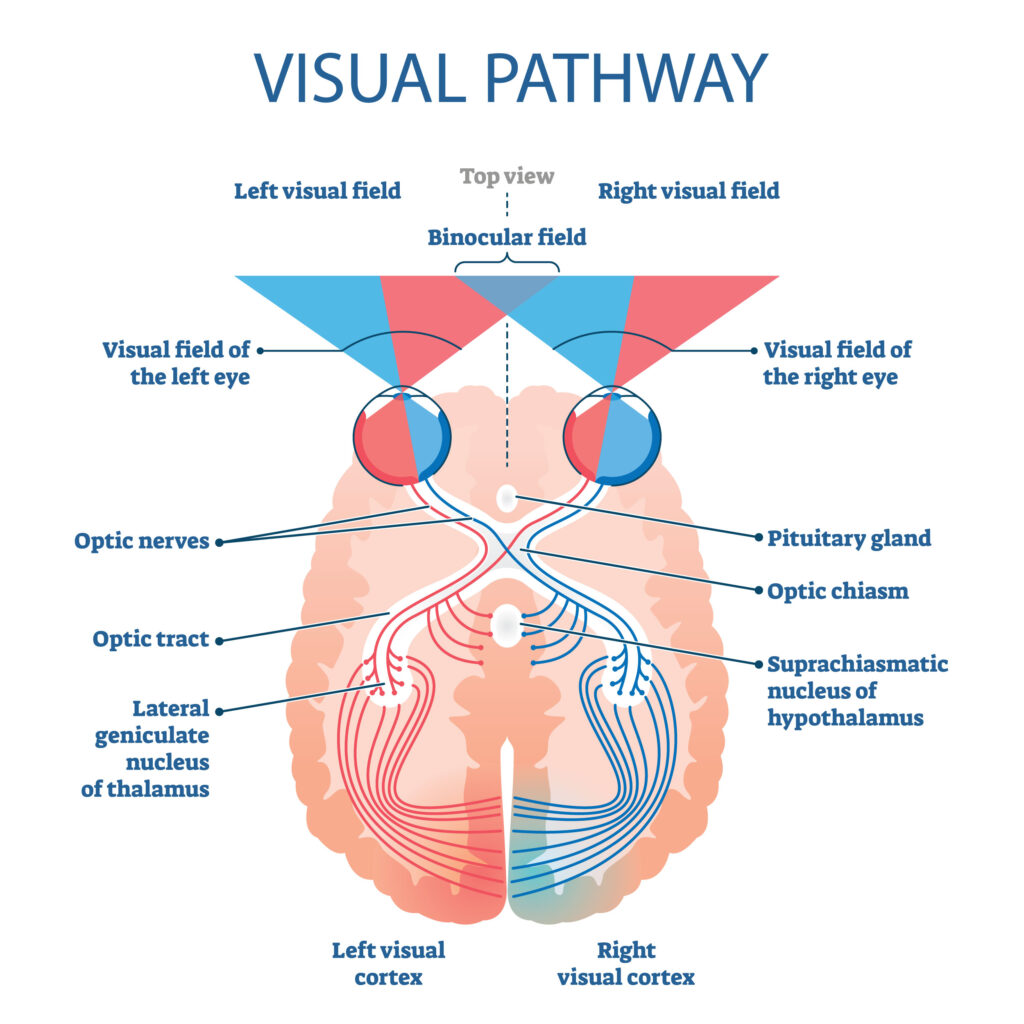
When Binocular Vision Breaks Down
If your eyes aren’t quite in sync - for example, if one drifts slightly - your brain has to work harder to merge the images. Ever noticed double vision when you’re very tired or had a few drinks? That’s your brain losing its grip on that stitching job.
Or maybe you get eye strain when you read or stare at screens for hours. That's your eye muscles working overtime to hold your eyes aligned.
Why It Matters
When your eyes aren’t working together well, you might not think “I have an eye problem.” Instead, you might notice:
- Frequent headaches
- Eye strain
- Tiredness
- Trouble focusing
- More migraines
- Slow recovery from a head injury
Most people reach for an Advil, but that doesn’t fix the root cause.

How to Fix It
Binocular vision disorders are often overlooked. But with the right care - like vision therapy, specialized glasses, or proper eye exercises - you can:
- Reduce headaches and migraines
- Improve focus and comfort at work
- Recover more fully from concussions
- Use less brain energy to see the world clearly



